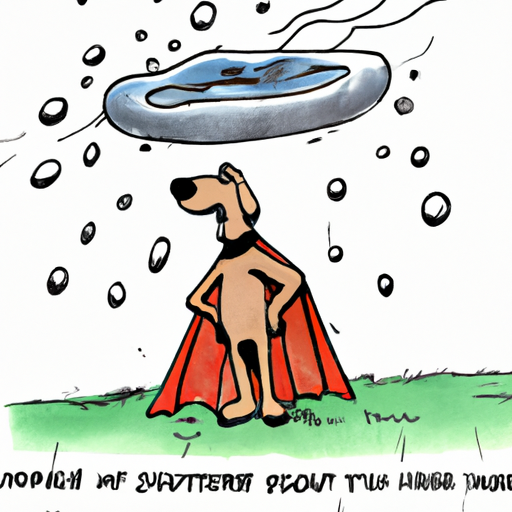Understanding the Gnat Problem
Gnats are not just a nuisance to you, but also to your beloved pets. Your dog’s discomfort might not be as noticeable, but the constant scratching, redness, and irritation are tell-tale signs that gnats have become a problem. Gnats, though tiny, can cause significant health issues if not addressed. They can cause infections and allergic reactions that can deteriorate your dog’s health. But fear not, you’re not alone in this battle. Let’s explore how to protect your furry friend from these pesky invaders.
The Importance of Regular Grooming
Just as you would keep your house clean to deter pests, the same principle applies to your dog.
-
Bathing: Make sure you regularly bathe your dog using a mild, pet-safe shampoo. A clean dog is less attractive to gnats.
-
Brushing: Regularly comb your dog’s fur. This not only removes loose hair but may also help catch any gnats that have made your dog their home.
-
Ear Cleaning: Gnats are attracted to moisture and warmth. Your dog’s ears provide the perfect environment for them. Regular ear cleaning can help keep gnats at bay.
Implementing Preventive Measures
There are several preventive measures you can take to protect your dog from gnats:
-
Use a natural gnat repellent: Natural ingredients such as cedar oil, lemongrass, or citronella can help deter gnats without harming your dog.
-
Use a veterinary-approved insect repellent: If natural solutions aren’t working, consult your vet about a suitable insect repellent.
-
Avoid gnat-prone areas: If possible, avoid walking your dog in areas known to have a high gnat population.
Creating a Gnat-Free Environment
Gnats are attracted to stagnant water and overripe fruit. By eliminating these attractants, you can create a gnat-free environment for your dog.
| To Do | Why It’s Important |
|---|---|
| Remove stagnant water | Gnats lay their eggs in water |
| Keep fruit in the refrigerator | Overripe fruit attracts gnats |
| Keep your yard clean | A clean yard has fewer places for gnats to breed |
Medical Treatment Options
If preventive measures fail and your dog is suffering from a gnat-infested situation, it’s time to seek professional help. A vet can prescribe medication to kill gnats and soothe your dog’s irritated skin. Remember, it’s essential to treat any gnat bites promptly to avoid further complications.
FAQ
Q: How fast do gnats breed?
A: Gnats can breed quickly, with a life cycle of about 4 weeks, and females laying up to 300 eggs at a time.
Q: Can gnats cause serious health issues in dogs?
A: Yes, gnats can cause skin infections and allergic reactions in dogs.
Q: Are gnats attracted to all dogs?
A: Gnats are attracted to moisture and warmth. Therefore, dogs with longer fur or dogs that spend a lot of time outdoors may be more susceptible.
Q: Can I use my insect repellent on my dog?
A: No, many insect repellents designed for humans can be toxic to dogs. Always use a veterinary-approved product.
Remember, your dog relies on you for its well-being. With a little diligence and care, you can ensure their comfort and health, keeping gnats at bay.



